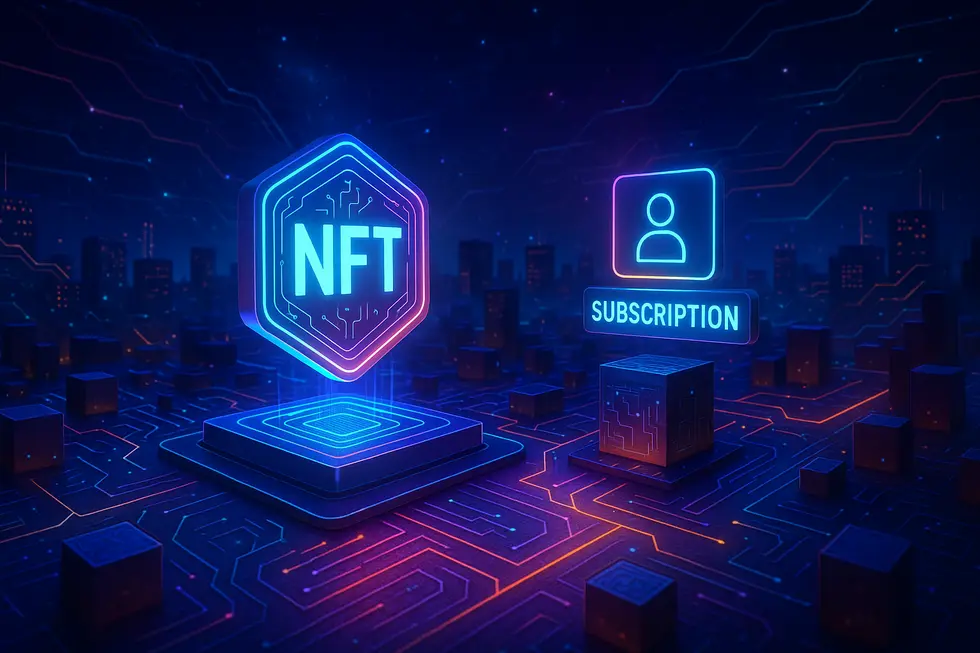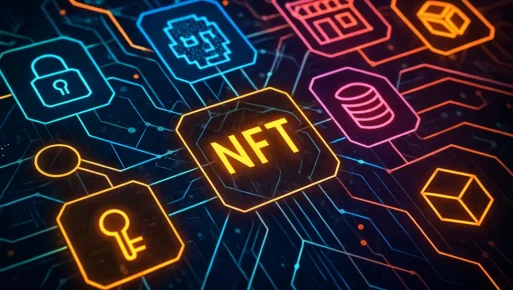Subscription models using NFT technology represent a groundbreaking shift from traditional subscription paradigms. Leveraging the unique properties of NFTs—such as verifiable ownership, exclusivity, and smart contract automation—these models offer groundbreaking opportunities for businesses and innovators. Each chapter in this article will delve into various facets of these models, from token-gated subscriptions to future trends, providing a comprehensive overview of how NFTs are reshaping the landscape of subscription services.
Unlocking Exclusive Content: Token-Gated Subscriptions and NFT Technology
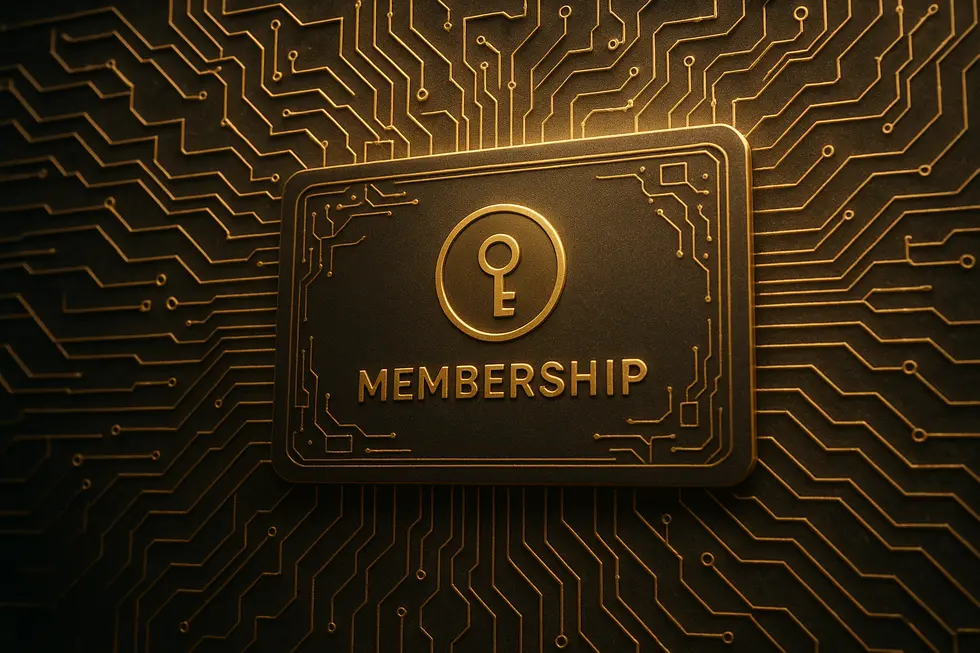
Token-gated subscriptions capitalize on the transformative potential of NFT technology to redefine access control in subscription models. Through the use of blockchain, NFTs serve as digital keys that manage exclusive entry to content, services, or experiences, contingent on token ownership. By employing smart contracts, these models automate the verification process, eliminating the need for intermediaries, thus enhancing security and delivering seamless user experiences.
In this innovative framework, NFTs resemble digital membership passes, providing flexibility and permanence unmatched by traditional subscriptions. Notably, subscribers can trade or sell these NFTs on open markets, opening avenues for profit. Creators themselves benefit from automatic royalties on secondary sales, facilitated by built-in blockchain features. Moreover, NFTs can be programmed to implement specific access rules, ensuring the integrity of the subscription model and mitigating fraud risks.
The versatility of NFTs enables groundbreaking subscription experiences. They can be leased, bundled, or even enriched with additional perks, offering a dynamic that traditional models struggle to replicate. Real-world applications of this model stretch across multiple sectors, from digital content and events to retail and music platforms, revealing a paradigm shift in how access rights are tokenized. This trend aligns subscribers’ and creators’ incentives, nurturing vibrant communities through verified digital ownership.
Harnessing Smart Contracts for Revolutionary NFT Subscription Services

In the transformative landscape of subscription models, NFT technology paired with smart contract automation stands out, reshaping how services are accessed and fees managed. By utilizing NFTs as subscription tokens, these digital assets serve as unique keys unlocking predefined service access levels that can also be transferred or resold. This shift toward tokenized ownership offers subscribers an unprecedented level of flexibility and control over their assets.
Central to this innovation is the automation of key subscription lifecycle events through smart contracts. These blockchain programs streamline processes like billing, renewals, and access revocation, operating autonomously to enforce agreed terms while minimizing the risk of fraud and manual errors. This automated framework not only ensures secure and transparent subscriptions but also allows real-time revenue sharing among all stakeholders involved.
Adaptive frameworks integrate machine learning with smart contracts to offer dynamic NFT updates tailored to user behaviors and subscription statuses. Additionally, oracles like Chainlink play a crucial role in feeding off-chain data, such as confirmed payments, into smart contracts, enhancing their functionality and accuracy.
Blockchain platforms like Ethereum and Cardano elevate these systems by providing advanced contract functionalities, whereas Bitcoin Ordinals offer a simpler NFT representation. For businesses, this approach provides tamper-proof subscription management and opportunities for new secondary markets, as existing subscriptions can be traded or gifted effortlessly.
Revolutionizing Subscriptions with NFT-Based Hybrid Models
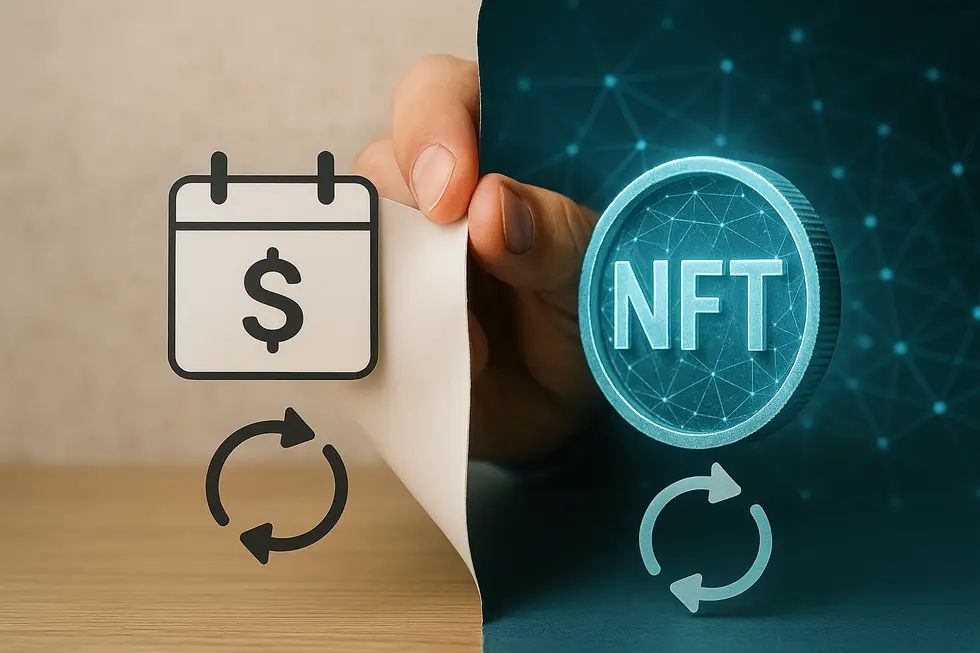
Hybrid subscription models using NFT technology are redefining the dynamics of traditional services by introducing unparalleled flexibility and control for users. By utilizing NFTs as digital tokens representing subscriptions, these models ensure ownership and access rights are transparent and verifiable on the blockchain. This means that users gain the freedom to cancel or transfer their subscriptions by trading or burning these NFTs, unlocking a level of flexibility previously unavailable in traditional models.
The concept of hybrid monetization further elevates this model. Platforms now have the capability to diversify revenue streams by combining subscription fees with alternate sources like ads or pay-per-view offerings. This diversification is made seamless with NFTs that tier access levels, catering to a broad spectrum of user preferences while maximizing platform profitability. Additionally, the potential for fractionalization allows these NFTs to be divided among co-owners, lowering barriers to subscription access and promoting broader engagement through shared ownership, thereby increasing liquidity in the marketplace.
To ensure these innovative models integrate smoothly with existing systems, businesses are utilizing hybrid crypto payment gateways. These enable customized workflows and adherence to compliance standards without the need for comprehensive overhauls. Paired with robust blockchain support, including multichain marketplaces, these systems can handle seamless token transfers, which are critical for managing user-friendly subscription cancellation and transfers.
Ultimately, by leveraging the versatility of NFTs, subscription models are not just retaining subscribers, but are also enhancing value through flexibility and user empowerment. For more insights on integrating NFTs into product strategies, visit ND Labs NFT Apps.
Transforming Subscriptions: NFT Utilities in Action

Subscription models powered by NFT technology are reshaping how users interact with their services, focusing on token-gated access, ownership transferability, and flexible engagement. This ingenious use of NFTs replaces fixed subscription fees with digital tokens that unlock exclusive content, services, or experiences for holders.
Users enjoy the benefit of liquidating or trading these NFTs, ensuring that value can be recovered or transferred when access is no longer needed. This capacity to buy and sell alters the traditional subscription paradigm and introduces a layer of financial flexibility typically absent in conventional models.
In token-gated access, NFT holders gain access to unique features or memberships. Unlike conventional fees, access is retained as long as the NFT is held by the user, not ending abruptly upon payment cessation. This system finds significant utility in sectors like sports and entertainment, where NFTs enable physical-world benefits like VIP access, bridging the digital and tangible realms.
Additionally, NFTs foster an environment of community and engagement. Holders often find themselves part of exclusive groups where participation results in rewards, mentorships, or additional content offerings, thus transforming passive subscriptions into active, community-driven experiences.
For a deeper look into transforming traditional loyalty into digital assets, see how NFTs become loyalty cards. With NFTs, not only are repetitive charges eliminated, but a sense of ownership and control is restored to the user, making this model increasingly attractive in today’s digital landscape.
Unraveling Cost Efficiency in NFT-Based Subscription Models
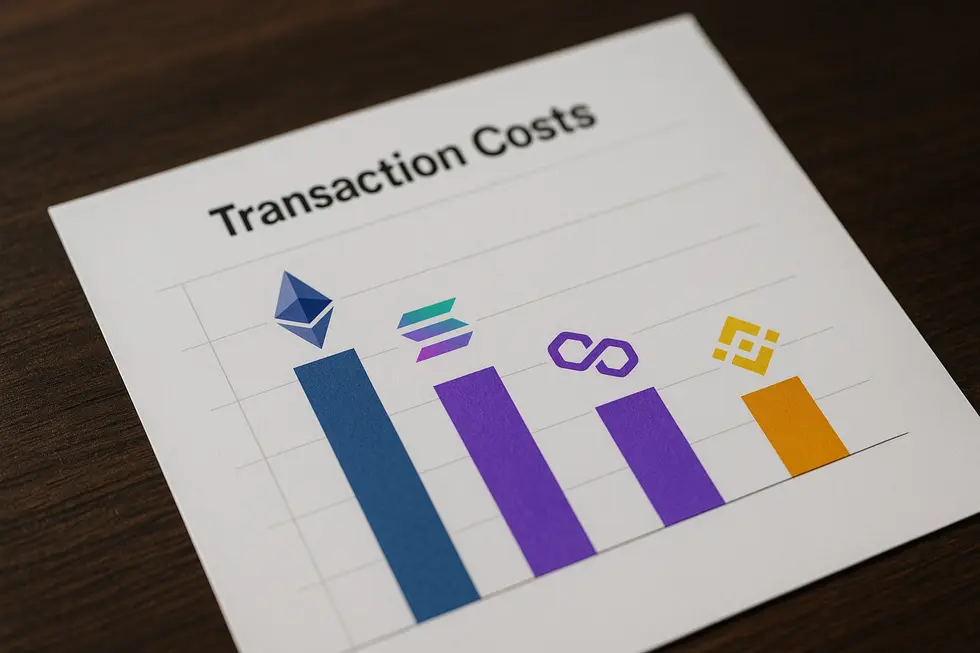
Cost efficiency is a pivotal factor in designing subscription models using NFT technology. Choosing the right blockchain platform is crucial, as it directly impacts transaction costs. Blockchains like Solana and Polygon offer lower transaction fees, distinctively vital for high-frequency transactions inherent to subscription models. For instance, Solana facilitates operations at a fraction of a cent, suited to enabling more seamless and economical user interactions.
Smart contract development also plays a significant role. The cost depends on their complexity—from basic NFT minting to sophisticated DeFi systems. Adopting upgradeable smart contracts can optimize costs, allowing modifications without the need for total redeployment. Furthermore, employing tested libraries like OpenZeppelin reduces potential bugs and development time, enhancing cost efficiency.
Many projects opt for hybrid deployment models, combining the security of Ethereum with more economically feasible Layer 2 solutions to maintain high throughput at lower costs. Additionally, integrating crypto payment gateways for subscription payments, although initially costly, supports seamless transactions and compliance with regulations such as AML and GDPR.
To maintain cost efficiency, projects must also consider adequate testing and security audits. Utilizing tools like Remix IDE and Truffle can prevent expensive post-launch fixes. Efficiently managing these factors collectively ensures a scalable and economically viable framework for NFT-based subscription services. For more insights on cost-efficient blockchain networks, read about the best blockchain networks for NFTs.
Reimagining Subscriptions: The Evolving Landscape of NFTs
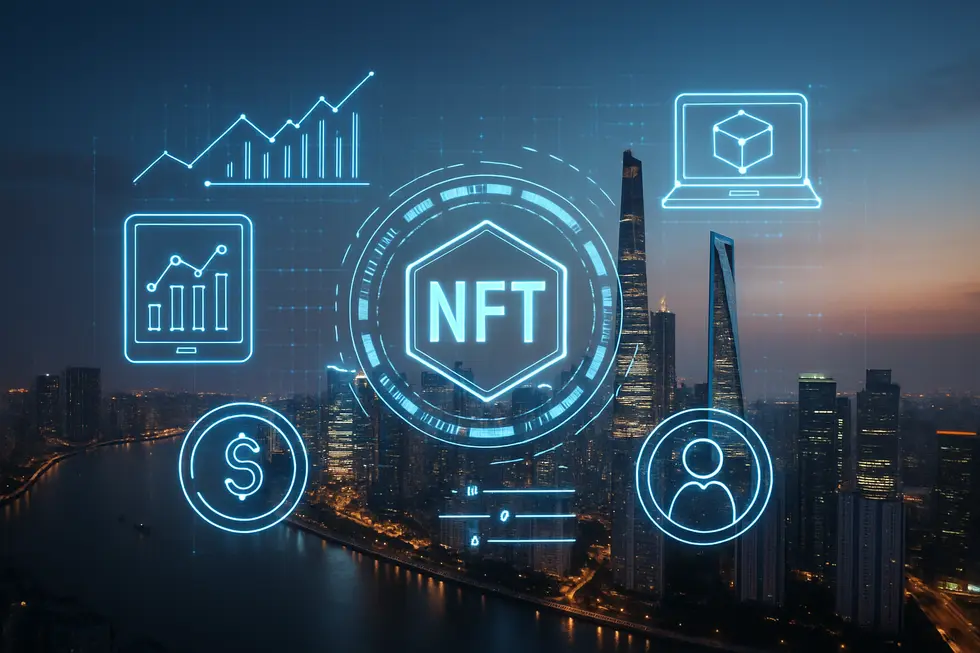
As the digital age evolves, so do the ways in which services are delivered and consumed. NFT technology is at the forefront of this transformation, especially in the realm of subscription models. NFTs act as digital membership cards, granting their holders exclusive access to services, events, and content previously restricted behind conventional paywalls. This is not just about access, though; these digital keys are transferable and resellable, generating vibrant secondary markets and empowering users with true ownership.
A significant trend is the rise of dynamic and programmable NFTs. With smart contracts, these tokens can adapt and evolve, offering features like automatic renewal and tier upgrades, thereby personalizing user experiences based on their behaviors and preferences. Subscription models are also advancing in terms of integration, with cross-chain and multi-platform capabilities, which allow credentials and access to be validated across multiple blockchain ecosystems.
Industries from streaming to adult entertainment are rapidly adopting these innovations, leveraging the decentralization and security NFTs provide. By combining AI and generative technologies, subscription services can now offer content that grows and changes, creating adaptive and personalized experiences. For further insights into how industries are using NFTs to engage communities, discover more here. As regulatory environments mature, the security and trust of NFT subscriptions will only continue to improve, paving the way for wider adoption and even more innovative applications.
Final thoughts
In conclusion, subscription models using NFT technology are set to revolutionize how businesses and consumers engage with subscription services. By combining the exclusivity, transparency, and automation capabilities of NFTs, these models offer unprecedented opportunities for customization and innovation. Each chapter has highlighted critical aspects of these models, illustrating both current applications and their potential to reshape the digital economy as we move forward.
About us
Monbase Global is a strategic partner of OpenLive Group, focused on expanding the reach and utility of blockchain and digital asset applications across international markets. As a core collaborator in the Monbase NFT ecosystem, Monbase Global plays a vital role in driving cross-border partnerships, investment strategies, and user adoption beyond Vietnam. With a vision to build a decentralized digital economy rooted in trust and innovation, Monbase Global supports the international growth of NFTs, digital collectibles, and the use of the MBC token across various platforms. The partnership between Monbase Global and OpenLive Group brings together local insight and global ambition—creating real-world value for creators, collectors, and businesses alike.
🌐 Join the Monbase NFT community and stay ahead of the Web3 curve.
💬 Follow us on Telegram, Twitter, or Discord for drops and updates!
Facebook | X (formerly Twitter) | Telegram announcement | Telegram community


